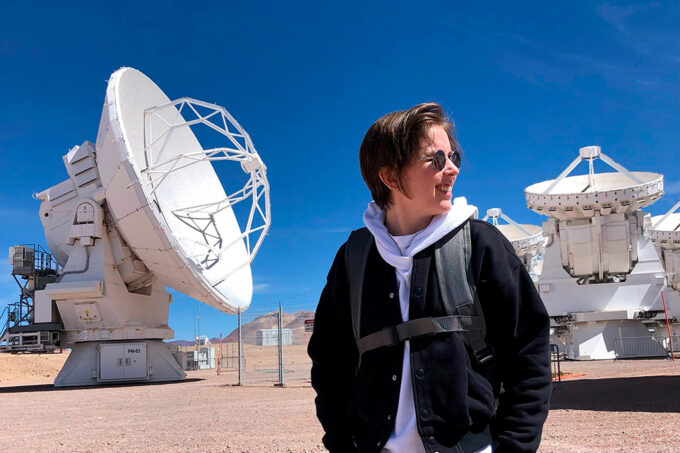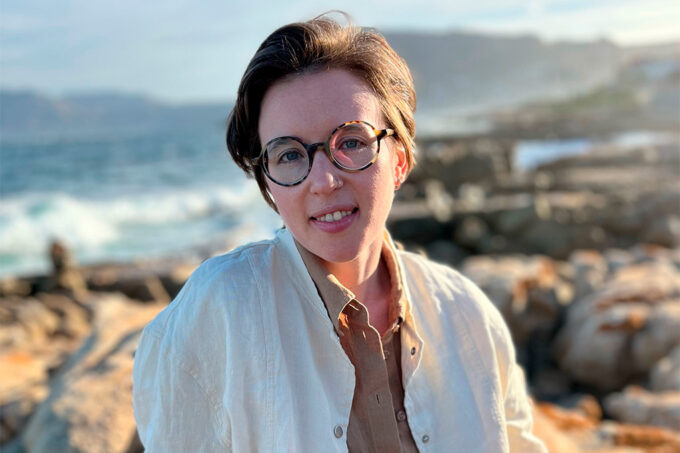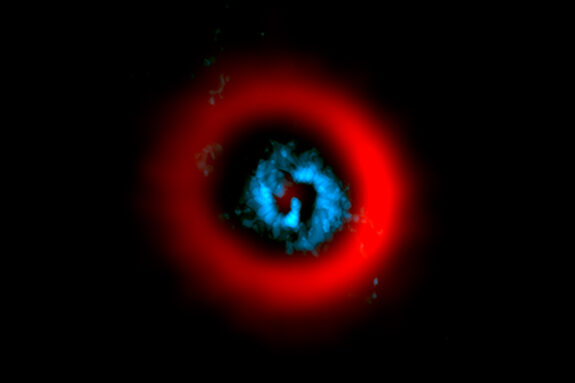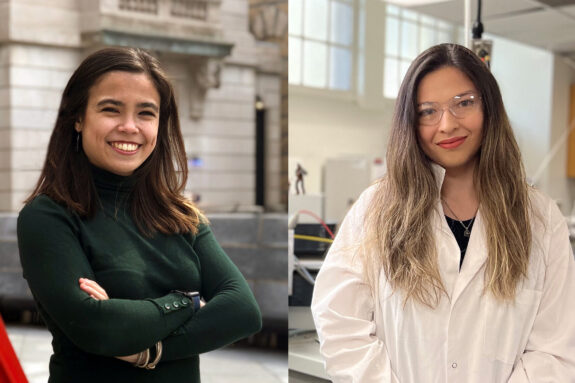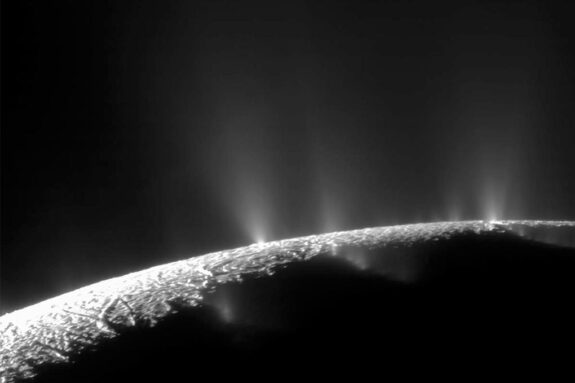EAPS welcomes 2025 Heising-Simons Foundation 51 Pegasi b Fellow Jess Speedie
MIT’s School of Science welcomes Jess Speedie, one of eight recipients of the 2025 51 Pegasi b Fellowship. The announcement was made March 27 by the Heising-Simons Foundation.
The 51 Pegasi b Fellowship, named after the first exoplanet discovered orbiting a sun-like star, was established in 2017 to provide postdocs with the opportunity to conduct theoretical, observational, and experimental research in planetary astronomy.
Speedie, who expects to complete her PhD in astronomy at the University of Victoria, Canada, this summer, will be hosted by the Department of Earth, Atmospheric and Planetary Sciences (EAPS). She will be mentored by Kerr-McGee Career Development Professor Richard Teague as she uses a combination of observational data and simulations to study the birth of planets and the processes of planetary formation.
“The planetary environment is where all the good stuff collects… it has the greatest potential for the most interesting things in the universe to happen, such as the origin of life,” she says. “Planets, for me, are where the stories happen.”
Speedie’s work has focused on understanding “cosmic nurseries” and the detection and characterization of the youngest planets in the galaxy. A lot of this work has made use of the Atacama Large Millimeter/submillimeter Array (ALMA), located in northern Chile. Made up of a collection of 66 parabolic dishes, ALMA studies the universe with radio wavelengths, and Speedie has developed a novel approach to find signals in the data of gravitational instability in protoplanetary disks, a method of planetary formation.
“One of the big, big questions right now in the community focused on planet formation is, where are the planets? It is that simple. We think they’re developing in these disks, but we’ve detected so few of them,” she says.
While working as a Fellow, Speedie is aiming to develop an algorithm that carefully aligns and stacks a decade of ALMA observational data to correct for a blurring effect that happens when combining images captured at different times. Doing so should produce the sharpest, most sensitive images of early planetary systems to date.
She is also interested in studying infant planets, especially ones that may be forming in disks around protoplanets rather than stars. Modeling how these ingredient materials in orbit behave could give astronomers a way to measure the mass of young planets.
“What’s exciting is the potential for discovery. I have this sense that the universe as a whole is infinitely more creative than human minds—the kinds of things that happen out there, you can’t make that up. It’s better than science fiction,” she says.
The other 51 Pegasi b Fellows and their host institutions this year are Nick Choksi (Caltech); Yan Liang (Yale University); Sagnick Mukherjee and Matthew Nixon (Arizona State University); Julia Santos (Harvard University); Nour Skaf (University of Hawaiʻi); and Jerry Xuan (University of California, Los Angeles).
The fellowship provides up to $450,000 of support over three years for independent research, a generous salary and discretionary fund, mentorship at host institutions, an annual summit to develop professional networks and foster collaboration, and an option to apply for another grant to support a future position in the United States.
